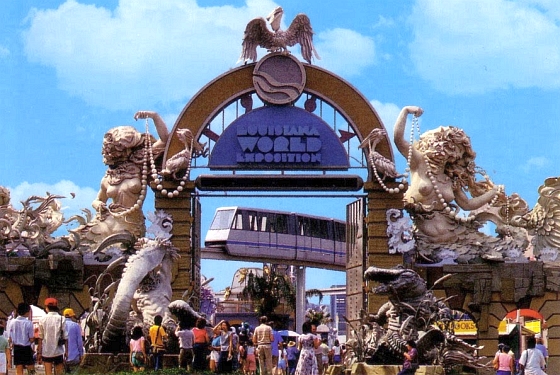|
Today in New Orleans History |
|
|
May 12



 

To receive an update for each day in New Orleans
history, join our facebook page
- Today in New Orleans History
Tweet
Jazz drummer Louis Barbarin, born in New Orleans on October 24, 1902 studied under the famed drummer,
Louis Cottrell, Sr. and worked with the bands of Armand J. Piron, Papa Celestin, Papa French, Preservation Hall, and others
until he retired in the mid-1980s due to hearing problems. He was the younger brother of Paul Barbarin. Louis died on
May 12, 1997. Since the capture of New Orleans durng the Civil War, no elections were held until the qualifications
for voting were made contingent under the production of amnesty oaths required in the presidential proclamations of December
8, 1863. It was understood that all those who were excluded for any reason from the benefit of the amnesty oaths would not
be permitted to vote unless specially pardoned by the President. May 12, 1865 was the day fixed for
the election of Mayor and all other city officials. The campaign was interesting because it witnessed the appearance of the
National Democratic and of the Democratic Conservative parties. This ended the Military appointees by the federal government.
Charles Genois (c. 1793 – August 30, 1866) was the Mayor of New Orleans from May 12,
1838 to May 10, 1840. Genois's brief tenure has been characterized as feeble because of a stagnant period that followed
the enterprise outbreak during his predecessor's term. However, Genois's administration started dealing with the consequences
of the previous mayors' heavy borrowing, so reforms and improvements were postponed while a solution to financial troubles
was found. Improvements under his adminstration included the paving of Royal Street, improvements
made in expanding the city toward the lake, and the initial digging
of the Carondelet Canal. The main event of Genois's term was the January 1840 dedication of the Jackson monument
in the presence of Andrew Jackson. Mayor Genois died in 1866 after
a long illness, at the age of 73. He is buried in St. Louis Cemetery Number 2
|
|
|

To receive an update for each day in New Orleans history,
join our facebook page - Today in New
Orleans History.
Analytics |


